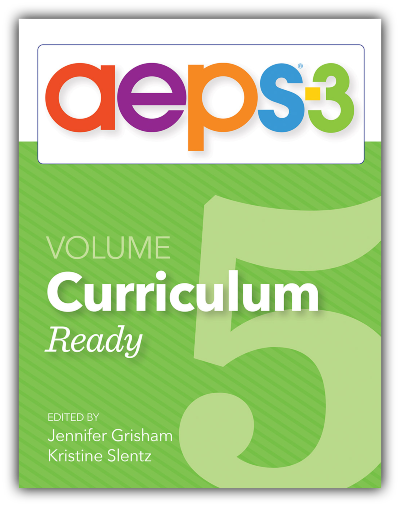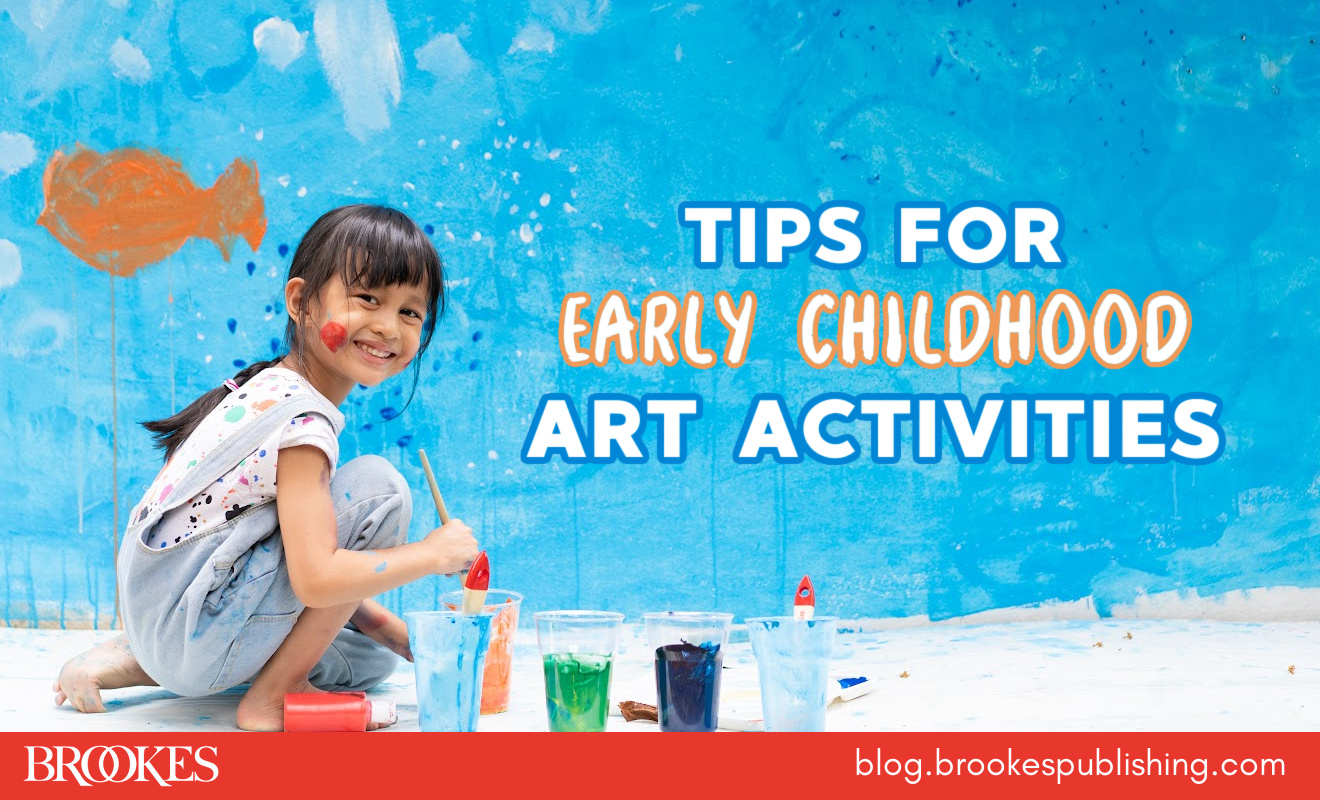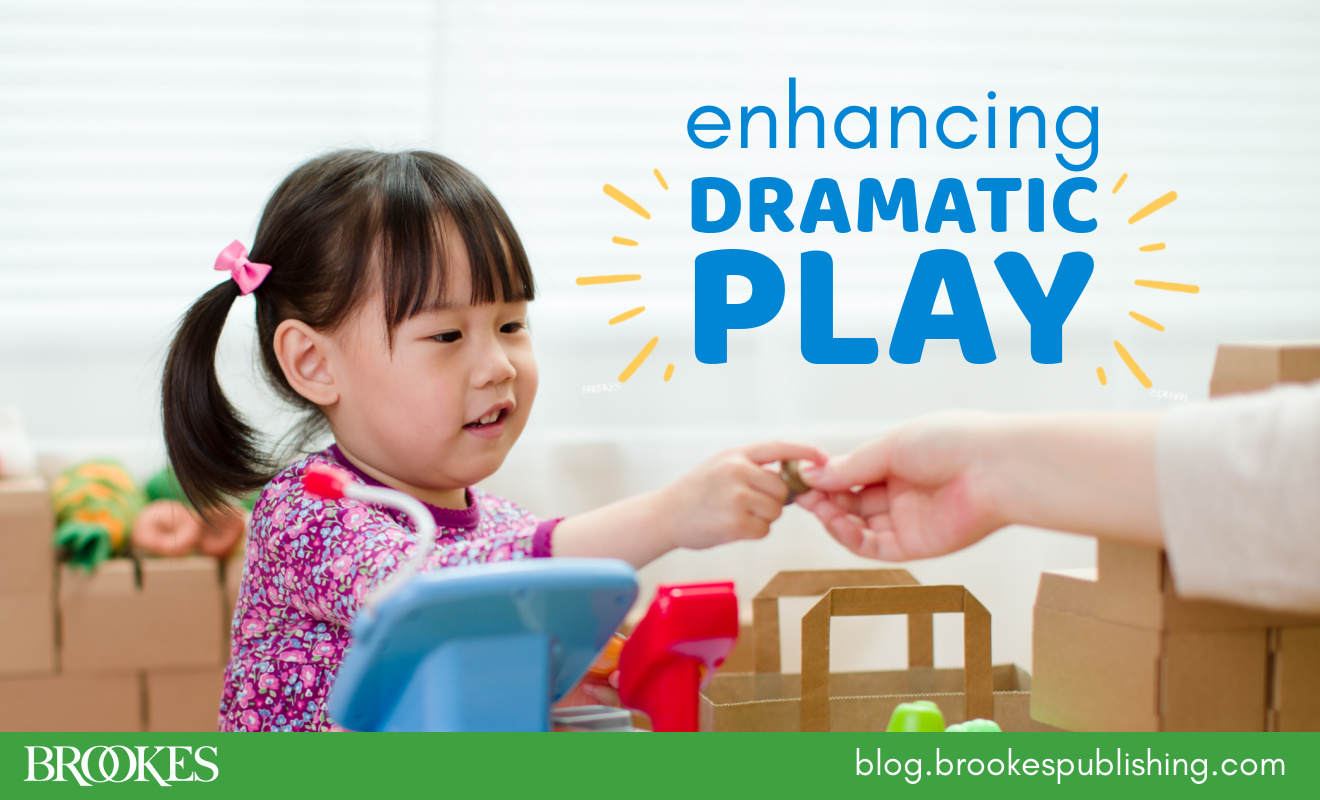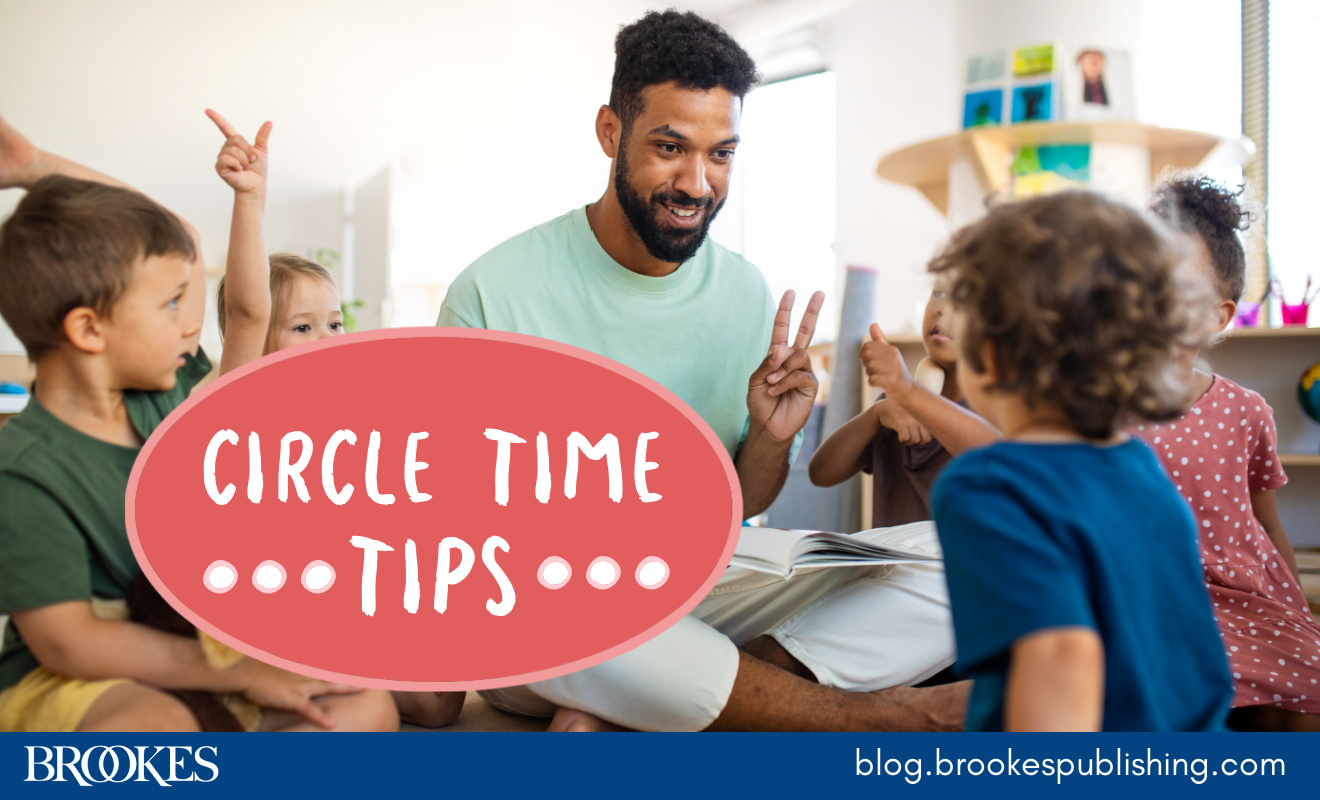13 Best-Practice Tips for Naptime in Early Childhood Classrooms
May 6, 2025
 In your early childhood learning environment, how does naptime usually go? If you need some ideas for helping young children get the rest they need during the day, try the 13 interactions, materials, and adaptations in today’s post.
In your early childhood learning environment, how does naptime usually go? If you need some ideas for helping young children get the rest they need during the day, try the 13 interactions, materials, and adaptations in today’s post.
Whether your young learners nap during the day or just use the allotted time to rest, these tips will help ensure that children stay healthy and regulated. (These tips are adapted from Volume 5 of the tiered AEPS®-3 Curriculum—the “Ready” level, which encompasses more complex developmental and early academic skills.)
- Provide a calm, quiet environment for naptime, with dim lighting and soft sounds.
- Alert children about transitions from active time to quiet activities before naptime. Give children plenty of time to transition from a vigorous activity to a calming one before rest or sleep.
- Help children calm their bodies before rest or sleep by initiating a calming activity (singing, reading, rocking).
- For children who need prompts to guide them through rest and sleep routines, provide a visual schedule with pictures of the naptime or bedtime routine and/or a first-then board (first book, then rest).
- Provide labeled cots or mats in your environment for each child’s bedding, and keep them in a consistent location.
- Allow children who need comfort during naptime to have a favorite stuffed animal or blanket from home.
- Embed developmental skills such as counting, reading, and social-communication in the nap routine. For example, have children count to 20 while washing their hands, and read a bedtime story before naptime.
- Keep limits and expectations around bedtime consistent both at home and at child care naptime, so that routines become familiar and predictable. A consistent routine and calm environment help children feel more relaxed and ready to sleep or rest.
- If some children do not sleep during naptime, help them avoid boredom by offering them quiet activities after a short period of rest.
- Learn to recognize children’s cues and preferences. Teach children who don’t communicate verbally to use simple signs so they can make their preferences clear.
- Allow children to nap until they wake on their own, if possible.
- Encourage parents and caregivers to avoid screen time at home for a couple of hours before bed to decrease children’s resistance to going to sleep, difficulty falling asleep, and anxiety around sleep.
- Share with parents the importance of allowing children to sleep in the same environment each night, in a comfortable, calming, dimly lit space that is free of distractions (toys, television, loud noises).
Try the tips and strategies in this post to help improve naptime in your early childhood program. And if you’re not already using AEPS-3, learn how this seamlessly linked assessment and curriculum system gives early childhood programs the most accurate, useful child data and a proven way to turn data into effective action.




Write a Comment
Your email address will not be published. Required fields are marked *
Post a Comment